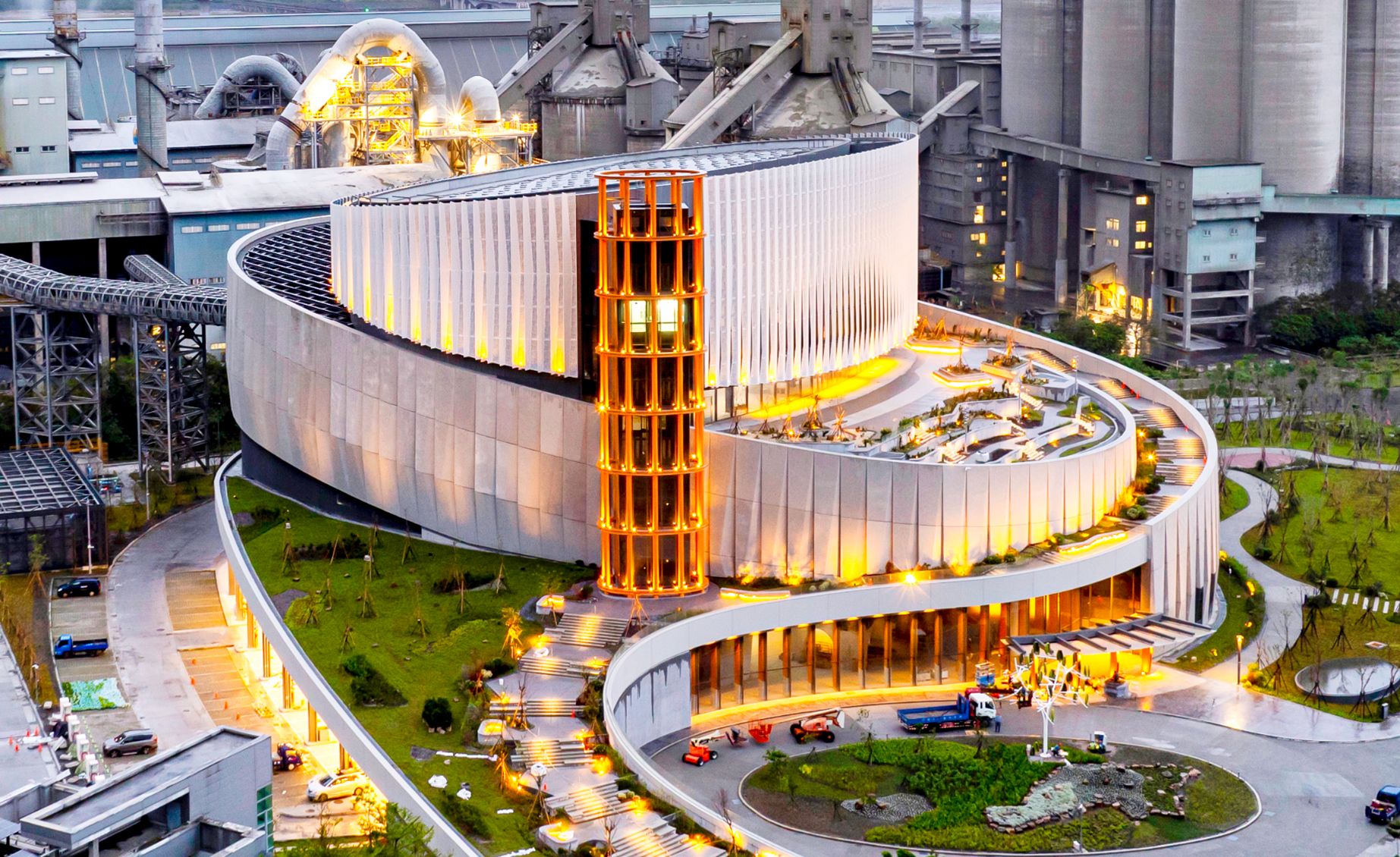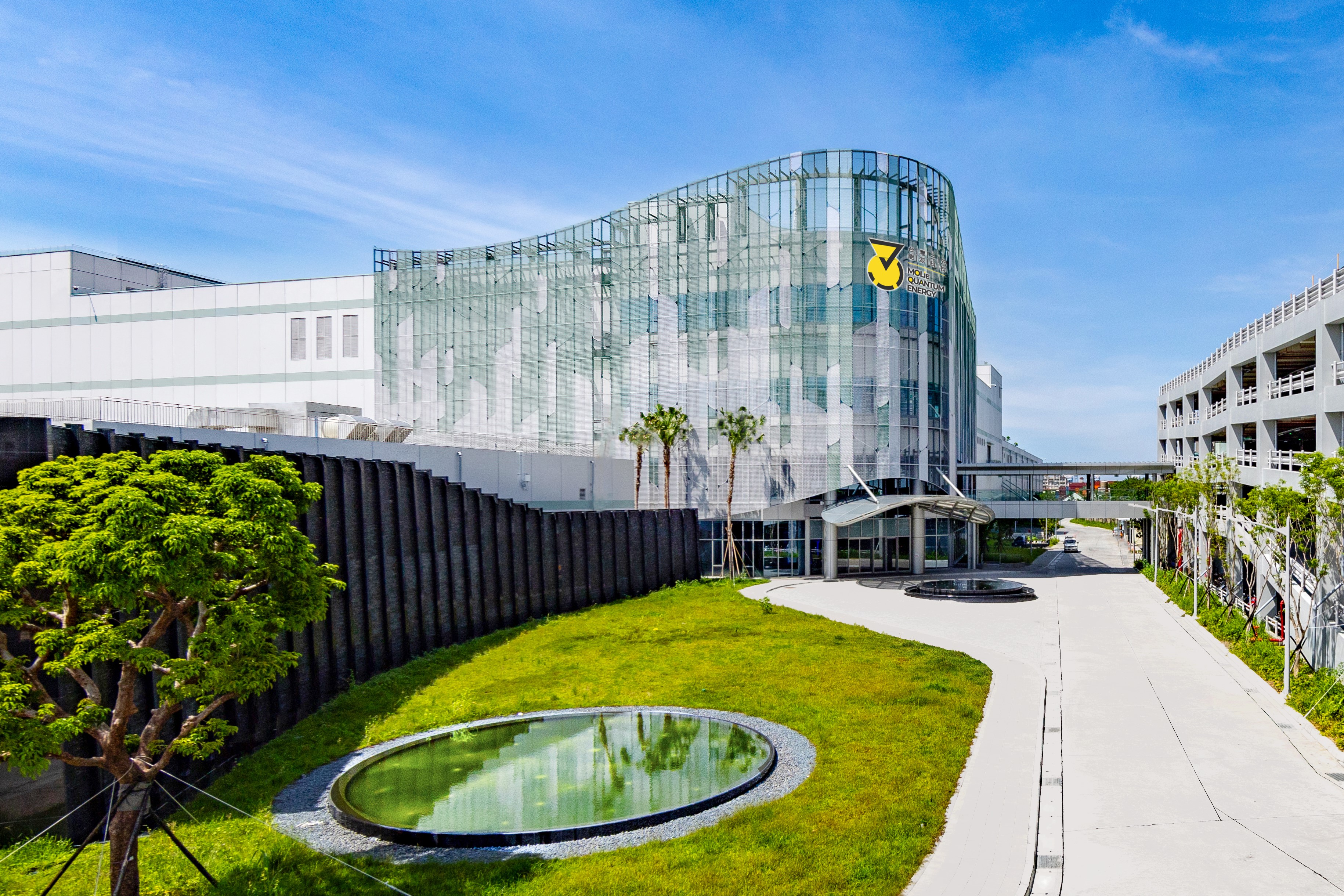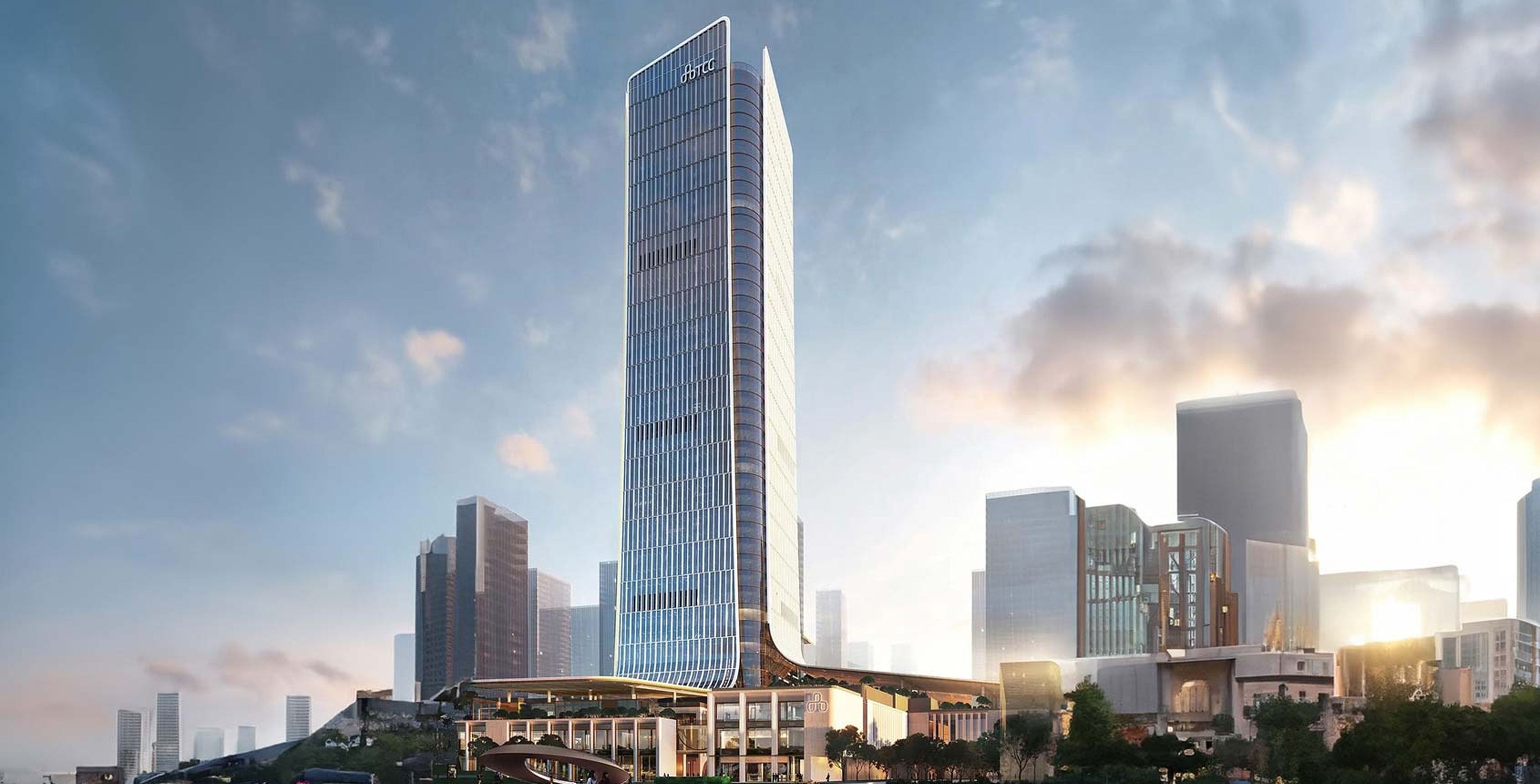Product Attributes & Safety
Management Approach
- TCC is dedicated to environmental symbiosis and balanced sustainable development, actively encouraging its concrete clients to apply for green building certifications. This initiative aims to foster a mutually beneficial relationship between construction and the environment, with TCC's sustainable development goals and performance steadily improving year by year.
- TCC conducts feasibility assessments for alternative fuels and raw materials by analyzing their composition and performing hazardous element analysis. Usage is permitted only after evaluation and approval. Concrete products in Taiwan meet Green Building Material Label standards, all products certified as non-radioactive, asbestos-free, and passing heavy metal leaching tests (Cd, Cr, Cu, Pb, Se, Cr(VI), Hg, As), with no chloride ions detected.
- Cement products in Taiwan and mainland China are tested by TAF-certified laboratories before delivery to ensure stability and non-toxicity. TCC provides customers with detailed Safety Data Sheets (SDS) to ensure safe usage. CIMPOR strictly monitors Cr⁶⁺content, ensuring compliance through production tests and reducing agents, with regular sampling of exports to maintain safety standards.
- Health and safety are taken into consideration from the product concept stage through to the product usage phase. Annual customer satisfaction surveys are conducted to proactively communicate and confirm that TCC products pose no health risks. TCC provides customers with safety information through product labels, packaging bags, and delivery notes at all global sites.
- TCC offers on-site product application instructions to ease customer concerns.
- For packaging, CIMPOR bagged cement uses recycled paper bags from its factory, with FSC™ certified bags coming in 2025. Taiwan plans to prioritize recycled packaging for low-carbon products by 2025.
Product Quality Management Mechanism
Taiwan
Three-Level Independent Quality Control System
Mainland China
CIMPOR
OYAK
Performance
- Full implementation of ISO 9001 Quality Management System around the globe.
Customer Satisfaction
| 2020 | 2021 | 2022 | 2023 | |
|---|---|---|---|---|
| Cement & Concrete in Taiwan Market | 95.11 | 96.67 | 96.86 | 98.64 |
Note 1:In 2023, the satisfaction rate across markets on both sides of the Taiwan Strait was 95.4% (weighted average).
Revenue from concrete used for green buildings as a percentage of overall concrete revenue
| 2020 | 2021 | 2022 | 2023 | |
|---|---|---|---|---|
| Taiwan Market | 7% | 11.2% | 7.1% | 5.5% |
Note 1:In 2022, as major construction projects neared completion and some technology industry clients postponed the construction of factories under development, the proportion of green building applications returned to normal levels.
Type III Environmental Product Declaration (EPD) Certification
| Portland Limestone (IL) Cement & Concrete |
|
| EnergyArk Storage Cabinet | Jurong UHPC Plant |
|
CIMPOR's grey cement products CEM I 52,5 R、CEM I 42,5 R、CEM II/A-L 42,5 R、CEM II/B-L 32,5 N、CEM IV/B (V) 32,5 N - SR及CEM IV/A (V) 42,5 R - SR |
|
OYAK CEMENT's cement products CEM I 52.5R、CEM II/A - LL 52.5 R、CEM II/B-LL 42.5 R、CEM I 52.5R、CEM III/A (S) 42.5 N |
|
| Molicel batteries |
|
| NHOA Energy Standard System Design |
|
Total Solution Total Solution: Comprehensive Low-carbon Circular and New Energy Building Solutions
According to the United Nations, i68% of the population will be concentrated in cities by 2050, with carbon emissions from urban buildings and public works accounting for up to 43% of global emissions.
Among these, embodied carbon items include carbon emissions generated during the material, transportation, construction, renovation, and demolition, accounting for approximately 35% of the total. Operational carbon, which includes emissions from electricity or natural gas consumption and equipment use in buildings, accounts for about 65%.
TCC is undergoing a transformation through the use of low-carbon construction materials, resource recycling, and green energy, developing low-carbon products and a range of services to address challenges, including the demand for low-carbon construction materials, the treatment of construction and household waste, and the stable and effective use of green electricity.
The Total Solution: Low-Carbon New Energy Building Solution is a comprehensive solution aimed at mitigating climate impact and enhancing urban resilience. It covers three key stages: design and construction, post-completion operation, and urban renewal with building resource recycling. By assessing carbon emission hotspots, it identifies the optimal model for low-carbon materials and energy use, offering a complete evaluation and services throughout the entire building lifecycle.
.png)
 | Design and Construction Stage - Embodied Carbon
|
 | Building Usage Stage - Operational Carbon
|
 | Construction Waste Stage - Embodied Carbon
|







